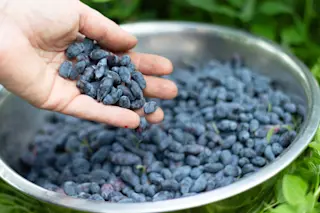Unlike many animals, plants can’t get up and walk, slither or fly away from threats. So when faced with stressors like drought, pests and ultraviolet radiation, they’ve evolved natural weapons to keep on thriving. And when fresh produce ends up on our plates, we benefit from that flora's attempts to fight for its life.
While it’s logical to assume that facing such perils would diminish plants’ nutritional quality for human consumption, the xenohormesis theory proposes the opposite: Essentially, researchers have found that what doesn’t kill plants likely makes them stronger — and fills them with compounds called secondary metabolites that benefit us as consumers. Among these secondary metabolites are vitamins and polyphenols. The latter famously end up in wine via the grapes that produce them, along with plenty of other fresh foods. Overall, scientists have recorded over 8,000 different types of polyphenolic compounds.
Interestingly, plant species tend to exhibit different ...














